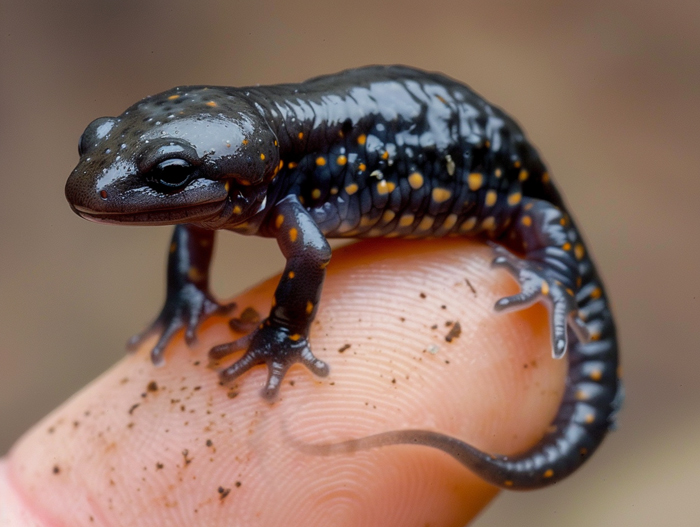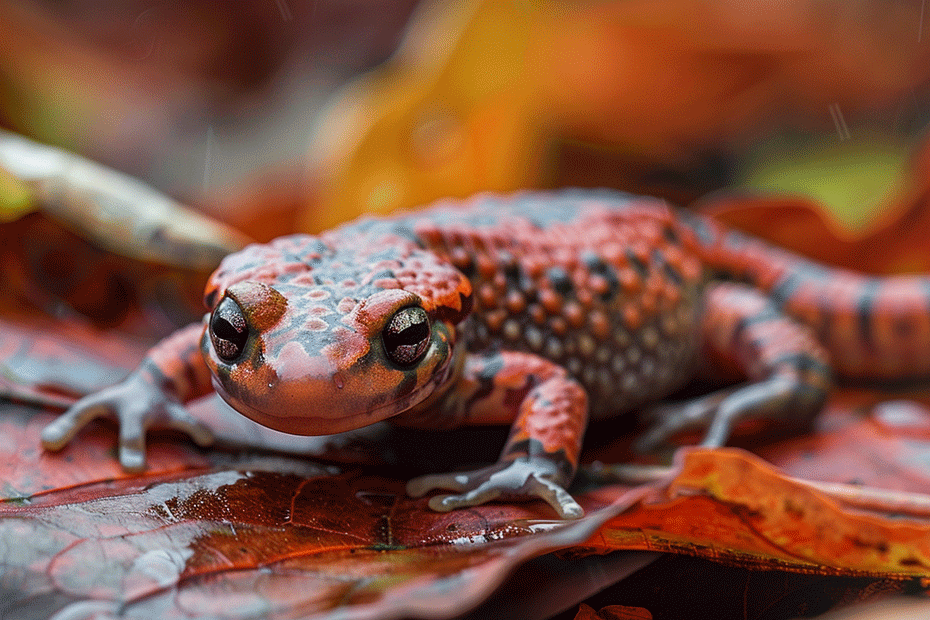Imagine finding a surprise visitor in your home – a tiny salamander exploring your living room. While these creatures are harmless, it’s important to handle the situation with care. In this text, we’ll guide you on what to do if a salamander finds its way into your house.
Your first instinct might be to panic, but stay calm. Salamanders are delicate creatures that play a vital role in the ecosystem. We’ll share some simple steps to safely remove the salamander from your home and ensure its well-being.
From understanding why salamanders enter houses to tips on gently relocating them back to their natural habitat, we’ve got you covered. Let’s investigate into the world of these fascinating amphibians and learn how to coexist peacefully when they venture indoors.
Key Takeaways
- Identify Salamanders: Learn about the physical characteristics of salamanders to recognize them.
- Safe Removal Steps: Stay calm, use a container and stiff paper to gently relocate the salamander.
- Prevent Future Encounters: Seal entry points, reduce moisture, and keep your surroundings tidy to avoid salamanders in your home.
Identifying the Salamander

Physical Characteristics
- Size: Salamanders vary in size from 3 to 6 inches long.
- Color: They come in various colors like brown, black, red, or yellow.
- Moist Skin: Salamanders have moist, smooth skin that helps them breathe through their skin.
- Nocturnal: They are primarily active at night and tend to hide during the day.
- Slow Movement: Salamanders move slowly and deliberately due to their delicate nature.
- Habitat Preference: Usually, they seek damp areas like under rocks, logs, or leaf litter.
Safely Removing the Salamander

Step-by-step Guide
- Stay Calm: Approach the situation calmly to avoid startling the salamander.
- Prepare a Container: Get a small container and a piece of stiff paper.
- Gently Encourage Movement: Use the paper to gently guide the salamander into the container.
- Secure the Container: Ensure the lid is secure to prevent escape.
- Release Outside: Take the salamander outside and release it in a safe, damp area away from your home.
- Container: Have a small, lidded container ready for safe relocation.
- Piece of Stiff Paper: Use this to guide the salamander without harming it.
Remember, it’s vital to handle the salamander gently and release it in a suitable environment for its well-being.
Preventing Future Incidents

Sealing Entry Points
- Inspect your home for small cracks and gaps where salamanders can enter.
- Seal any openings with caulk or weather stripping.
- Use door sweeps and screens on windows to prevent entry.
- Reduce moisture levels in your home to make it less appealing to salamanders.
- Declutter your space to eliminate hiding spots.
- Keep your yard tidy to discourage insects that salamanders feed on.
Remember, by taking these preventive measures, you can reduce the likelihood of future encounters with salamanders in your home.
Conclusion
You now have the knowledge and tools to safely remove a salamander from your home. Remember to stay calm, prepare a container with a secure lid, gently guide the salamander into the container using a piece of stiff paper, and release it outside in a safe, damp area. Handling the salamander gently and releasing it in a suitable environment is crucial for its well-being. To prevent future encounters, seal entry points, reduce moisture levels, declutter, and maintain a tidy yard. These proactive steps will minimize the chances of salamanders finding their way back into your home. By following these guidelines, you can coexist peacefully with these fascinating creatures while keeping them out of your living space.

Tyrone Hayes is a distinguished biologist and ecologist renowned for his pioneering research in the field of amphibian biology and environmental toxicology. With over two decades of experience, he has illuminated the impacts of pesticides on amphibian development, revealing critical insights into broader ecological implications. Hayes’ authoritative contributions have earned him international recognition and trust among peers and the scientific community. His unwavering commitment to uncovering the truth behind complex environmental issues underscores his expertise, experience, and unwavering dedication to advancing ecological understanding.
